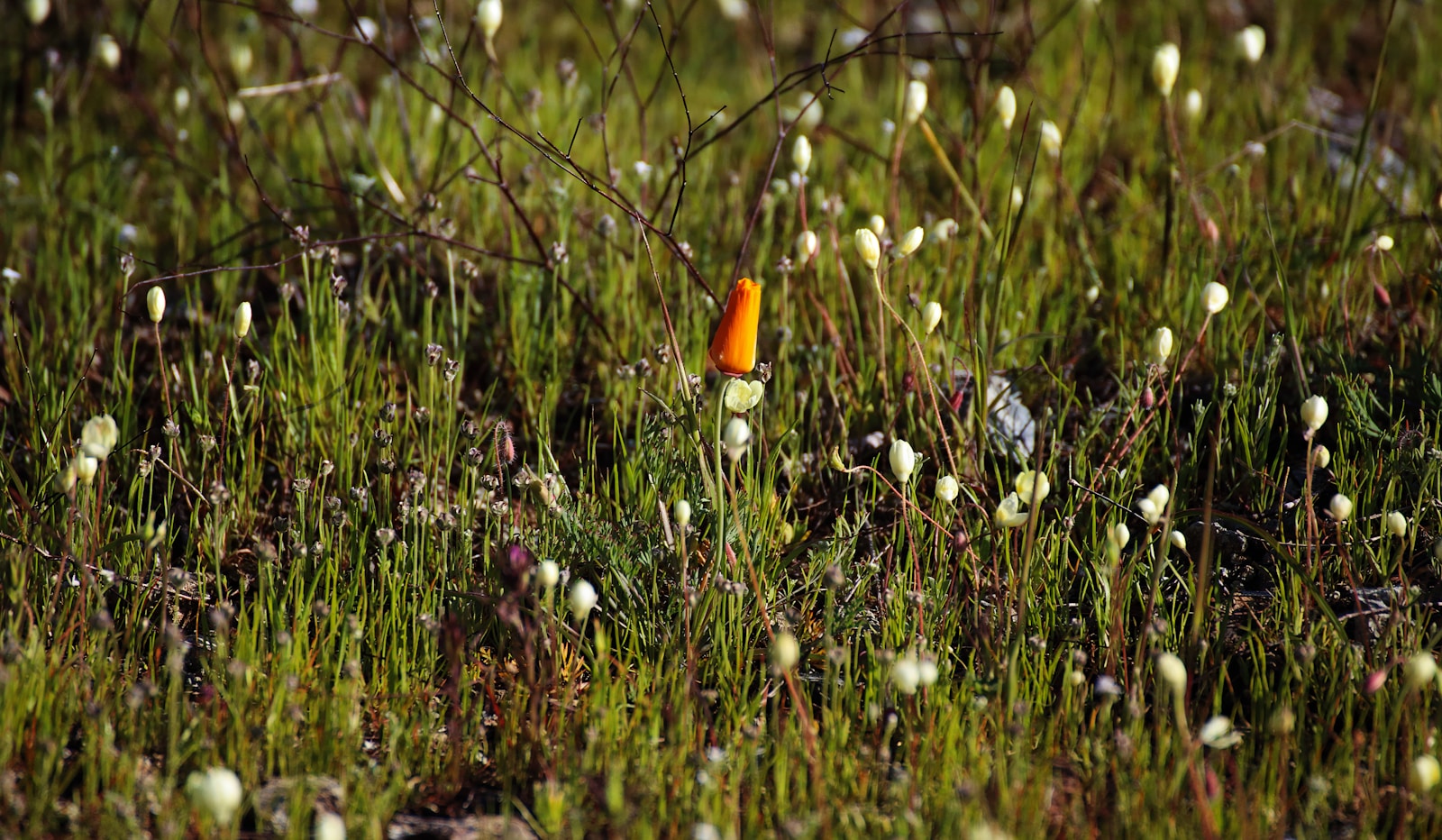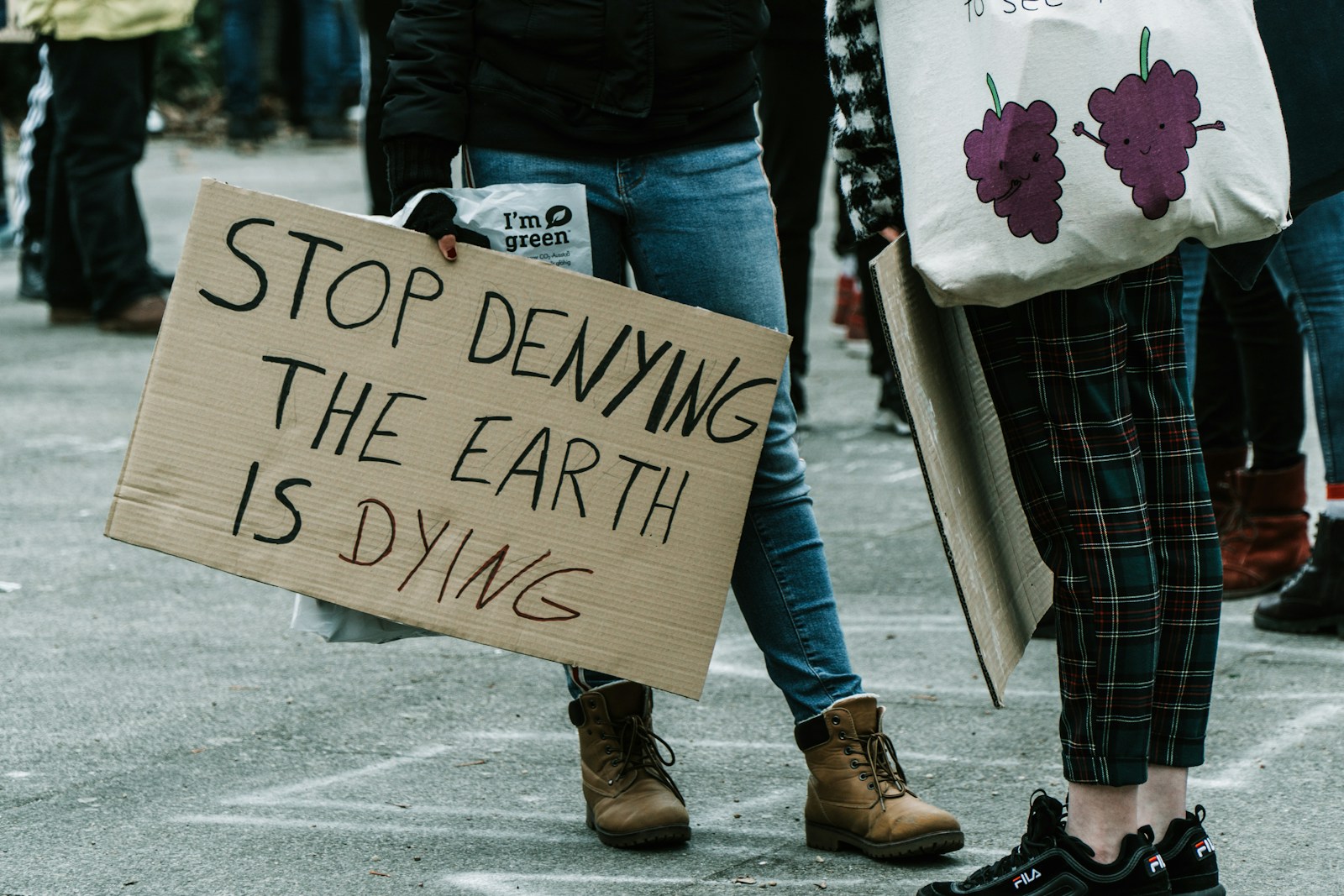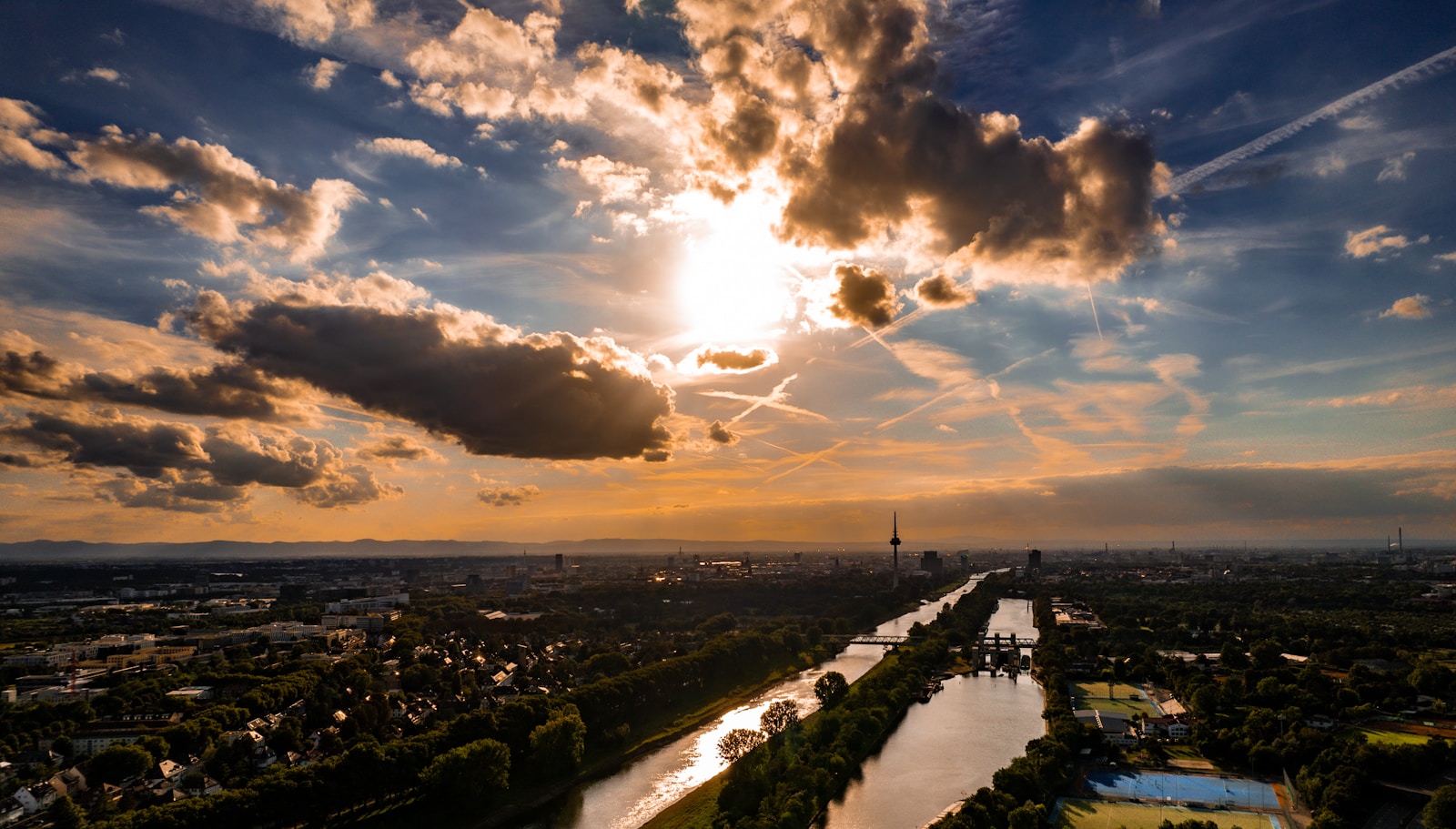- Tundra animals: Tundra animals are those that have adapted to live in the harsh and cold climate of the tundra biome. Some common tundra animals include arctic foxes, caribou, polar bears, snowy owls, and muskoxen. These animals have developed unique physical and behavioral adaptations to survive in the extreme conditions of the tundra, such as thick fur or feathers to insulate their bodies, large hooves for traversing through snow, and the ability to migrate long distances in search of food.
- While driving in the city, the busy urban environment can induce ___________: While driving in the city, the busy urban environment can induce stress and anxiety in some individuals. The constant noise, traffic congestion, and fast-paced environment can be overwhelming and trigger the body’s stress response, leading to physical symptoms such as increased heart rate, muscle tension, and shallow breathing. To manage the stress induced by the urban environment, some people may practice relaxation techniques such as deep breathing, mindfulness, or listening to calming music.
- UN Environment Programme: The UN Environment Programme (UNEP) is a global organization that works towards promoting sustainable development and protecting the environment. UNEP works with governments, civil society, and private sector organizations to address global environmental issues such as climate change, pollution, and ecosystem degradation. The organization also provides technical assistance and financial support to countries to help them achieve their environmental goals and implement sustainable practices.
- Tundra climate: The tundra climate is characterized by long, cold winters and short, cool summers. This climate is found in regions located near the poles, such as the Arctic and subarctic regions. The tundra climate is also known for its permafrost, a layer of permanently frozen ground that covers much of the tundra landscape. Due to the extreme weather conditions of the tundra climate, only a few species of plants and animals are able to survive in this biome.
- Tennessee Department of Environment and Conservation: The Tennessee Department of Environment and Conservation (TDEC) is a state government agency that is responsible for managing and protecting Tennessee’s natural resources and environment. TDEC oversees a wide range of environmental programs, including air quality, water resources, solid waste management, and hazardous waste regulation. The agency works with local governments, businesses, and citizens to promote sustainable practices and ensure that Tennessee’s environment is protected for future generations.
- Which function is mostly performed in the fleshy tissue parts of a plant, rather than in the tissues that make up the upper layer of leaves? Growth, protection, storage, or support: The function that is mostly performed in the fleshy tissue parts of a plant, rather than in the tissues that make up the upper layer of leaves, is storage. Fleshy tissues such as stems, roots, and tubers are specialized for storing nutrients and water that the plant needs for survival. For example, potatoes are tubers that store starch, a source of energy for the plant, in their fleshy tissue. In contrast, growth, protection, and support are functions that are primarily performed by the upper layer of leaves, which are responsible for photosynthesis, producing hormones that regulate growth, and protecting the plant from external stressors.
- Causes, effects, and control measures of air pollution: Air pollution is caused by various human activities such as burning of fossil fuels, industrial emissions, vehicular emissions, and deforestation. The harmful effects of air pollution include respiratory problems, lung cancer, cardiovascular diseases, and global warming. To control air pollution, we can adopt measures such as promoting renewable energy sources, reducing the use of private vehicles, using public transportation, and planting trees to increase the green cover.
- In what way noise pollution is harmful to humans: Noise pollution is the excessive and unwanted sound that can cause stress, hearing loss, sleep disturbances, and hypertension. Exposure to loud noises for prolonged periods can damage the ear canal and cause permanent hearing loss. It can also cause cognitive impairment, anxiety, and depression. Thus, it is essential to reduce noise pollution by implementing measures such as noise barriers, soundproofing buildings, and using earplugs or headphones.
- Decomposers: Decomposers are organisms that break down organic matter into simpler substances. They play a crucial role in maintaining the ecosystem by converting dead plants and animals into nutrients that can be reused by other organisms. Examples of decomposers include bacteria, fungi, and worms.
- Control measures of air pollution: To control air pollution, we can implement measures such as promoting the use of cleaner fuels, encouraging the use of public transportation, and regulating industrial emissions. We can also adopt technologies such as electrostatic precipitators, scrubbers, and catalytic converters to reduce emissions.
- Rainwater harvesting: Rainwater harvesting is the process of collecting and storing rainwater for future use. It is an effective way to conserve water and reduce the demand on groundwater sources. Techniques such as rooftop rainwater harvesting, recharge wells, and check dams can be used to collect rainwater.
- Wildlife Protection Act: The Wildlife Protection Act is a law enacted in India to protect the country’s wildlife and their habitats. The act prohibits hunting, poaching, or trading of protected species, and it provides for the establishment of national parks and wildlife sanctuaries for the conservation of wildlife.
- Control measures of water pollution: To control water pollution, we can adopt measures such as treating wastewater before discharging it into water bodies, regulating industrial effluents, and enforcing laws to prevent illegal dumping of waste. We can also promote the use of eco-friendly products, reduce the use of plastic, and avoid disposing of chemicals and other hazardous waste into water bodies.
- Wildlife Protection Act: The Wildlife Protection Act is a law enacted in India to protect the country’s wildlife and their habitats. The act prohibits hunting, poaching, or trading of protected species, and it provides for the establishment of national parks and wildlife sanctuaries for the conservation of wildlife.
- Nonpoint source pollution: Nonpoint source pollution refers to the contamination of water bodies from diffuse sources such as agricultural runoff, urban runoff, and atmospheric deposition. It is challenging to control nonpoint source pollution as it comes from multiple sources and is difficult to trace. To prevent nonpoint source pollution, we can adopt measures such as using eco-friendly farming practices, reducing the use of pesticides and fertilizers, and promoting green infrastructure in urban areas.
- Causes and effects of air pollution: Air pollution is caused by various human activities such as burning of fossil fuels, industrial emissions, vehicular emissions, and deforestation. The harmful effects of air pollution include respiratory problems, lung cancer, cardiovascular diseases, and global warming.
- Renewable and nonrenewable resources: Renewable resources are those that can be replenished naturally within a short period, such as solar, wind, and hydro energy. Nonrenewable resources, on the other hand, are those that are finite and cannot be replenished, such as fossil fuels and minerals.
- Causes of air pollution in points: Air pollution is caused by various human activities such as:
- Burning of fossil fuels for energy generation, transportation, and industrial processes
- Industrial emissions from factories and power plants
- Vehicle emissions from cars, trucks, and airplanes
- Deforestation, which reduces the amount of carbon dioxide that can be absorbed by trees
- Agricultural activities such as crop burning and use of fertilizers and pesticides.
- Point source pollution: Point source pollution refers to the contamination of water bodies from a single, identifiable source such as a factory or sewage treatment plant. Point source pollution can be controlled by enforcing regulations and using technologies such as sedimentation tanks and biological treatment systems to remove pollutants before discharging the wastewater into the environment.






